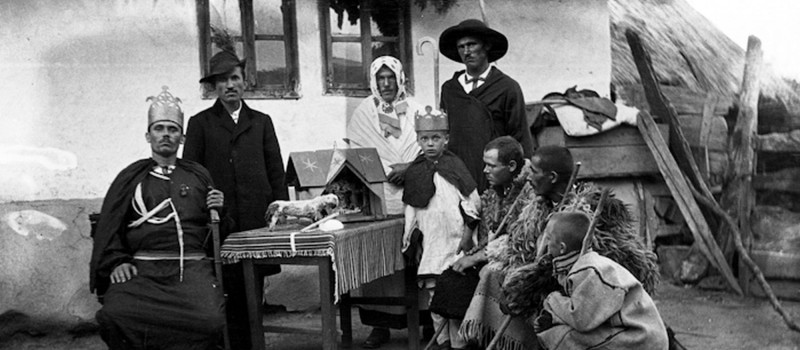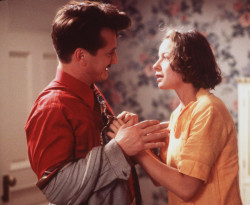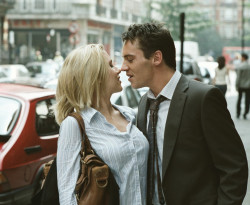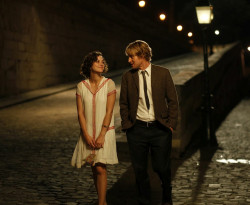
The nativity and other winter plays and pageants
A selection from the photography collection of the Hungarian Museum of Ethnography
Ticket prices
Add this event to your Google Calendar.
Luca Day, the day of wicked spirits, was held across all the Hungarian speaking territories to protect everybody against witches. All broomsticks were locked away to stop witches from leaping onto them.
Even now, the drama of the Nativity in the lead up to Christmas remains one of Hungary's most popular folk traditions. The main elements of the story are the Holy Family looking for a place to stay and the tributes of the shepherds and the three kings. The oldest Hungarian variations of the Nativity are found in Transylvania, where some scenes can be traced as far back as the 17th century. Nativity plays were known by Hungarian speakers in Slovakia as jaslicskárok.
The Colindă is still celebrated today and is linked to the beginning of winter. Though it has pagan origins, it is infused with Christian elements. This tradition of Romanian folklore bears similarities to the traditional Hungarian 'kántálás' chanting and the 'Regölés'.
The 'Regölés' is a welcoming folk tradition which focuses on the magic of nature and is primarily found in the Transdanubia area. From the second day of Christmas to 6 January, the 'Regösök' (usually young folk) would walk through the village and sing songs at each house, receiving presents in return.
The 'Turkajárás', on the other hand, involved people dressing themselves up as goats.
As well as winter plays and pageants, the photos document special work related to the freezing conditions, ice skaters, ice sledders, skiiers, sledders and ice fishermen.
Presented by: Müpa Budapest
Parking information
We wish to inform you that in the event that Müpa Budapest's underground garage and outdoor car park are operating at full capacity, it is advisable to plan for increased waiting times when you arrive. In order to avoid this, we recommend that you depart for our events in time, so that you you can find the ideal parking spot quickly and smoothly and arrive for our performance in comfort. The Müpa Budapest underground garage gates will be operated by an automatic number plate recognition system. Parking is free of charge for visitors with tickets to any of our paid performances on that given day. The detailed parking policy of Müpa Budapest is available here.
Safe ticket purchase
Dear Visitors, please note that only tickets purchased from the Müpa website and official ticket offices are guaranteed to be valid. To avoid possible inconvenience, we suggest buying tickets to our performances and concerts via the mupa.hu website, the Interticket national network (jegy.hu) or at our official ticket offices.





